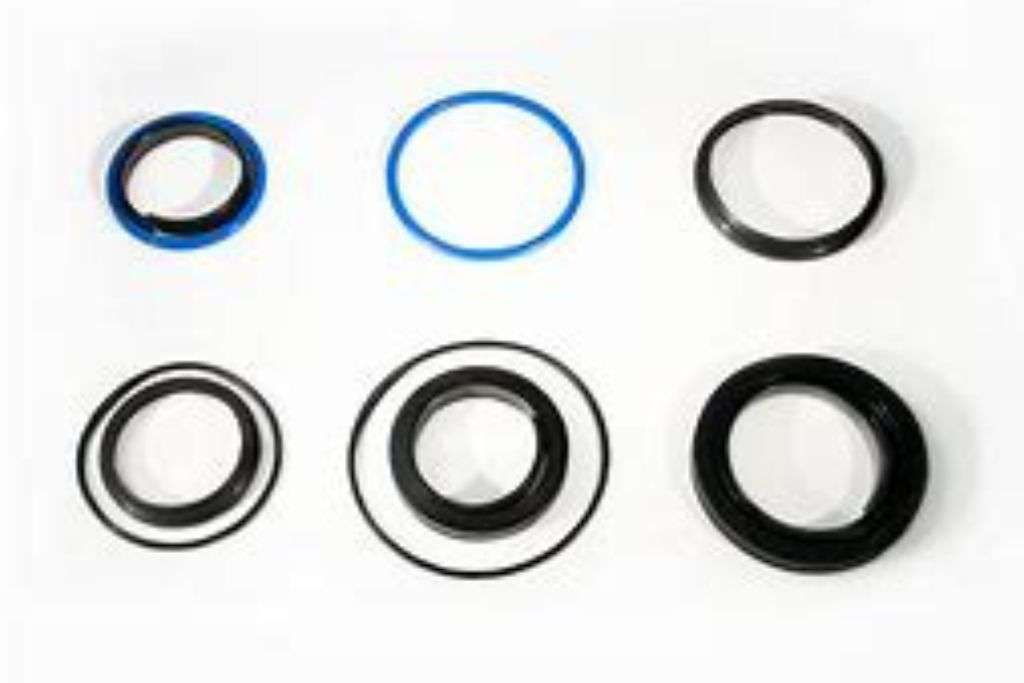
Aug 17,2023
When it comes to industrial repairs, efficiency, and precision are paramount. Enter the unsung heroes of the maintenance world: hydraulic seal kits, engine seal kits, and pump seal kits.
These unassuming packages might not be the stars of the show, but they play a crucial role in ensuring smooth and lasting repairs across various industrial sectors.
In this blog post, we'll dive into the world of seal kits, exploring their benefits and applications and why incorporating them into your repair arsenal can be a game-changer.
These kits might sound like standard repair tools, but they pack a punch that can redefine your maintenance game. Here's a closer look at each:
Hydraulic systems are the lifeblood of many industries, from manufacturing to construction. A hydraulic seal kit brings a plethora of advantages to the table:
Leak Prevention: The primary function of a hydraulic system is to transmit power through controlled fluid movements. Any leak can spell disaster. A hydraulic seal kit ensures leakage is kept at bay, preserving the system's integrity.
Enhanced Performance: Seals might be small, but their impact is significant. A well-chosen hydraulic seal kit optimizes performance by reducing friction and maintaining consistent pressure levels.
Engines are the beating hearts of machinery, and an engine seal kit can extend their lifespan in remarkable ways:
Oil and Gas Control: Engines rely on a delicate balance of oil and gas for optimal performance. An engine seal kit ensures that this balance is maintained, preventing wastage and ensuring efficiency.
Temperature Regulation: Overheating is the bane of engines. A seal kit aids in temperature regulation, preventing catastrophic failures due to extreme heat.
Pumps are the circulatory systems of industrial setups, and a pump seal kit keeps the flow steady:
Fluid Containment: Fluids can be aggressive, causing wear and tear. A pump seal kit acts as a protective barrier, containing fluids and preventing erosion.
Longevity Boost: A pump's efficiency directly impacts productivity. By minimizing leakage and optimizing fluid flow, a pump seal kit extends the operational life of pumps.
In the realm of industrial repairs, innovation isn't limited to flashy machinery or advanced tech. Sometimes, it's the humble seal kit that can transform operations. Hydraulic seal kits, engine seal kits, and pump seal kits hold the potential to enhance efficiency, prevent downtime, and save costs in the long run. So, the next time you embark on a repair journey, remember the power trio that's working behind the scenes, sealing the deal for success.
Incorporating seal kits into your repair strategy might just be the secret ingredient you've been missing. The world of industrial maintenance is evolving, and it's time to ride the seal kit revolution to elevated efficiency and reliability.
Seal kits come in various sizes and materials to suit different systems. It's crucial to choose the right kit for your specific equipment.
While some repairs can be DIY, it's often best to involve professionals for precise installation, ensuring airtight results.
No, seal kits are designed for specific systems. Using the wrong kit can lead to inefficiencies or even damage.